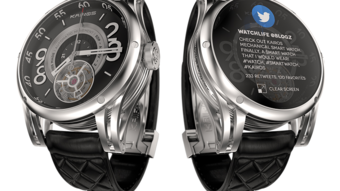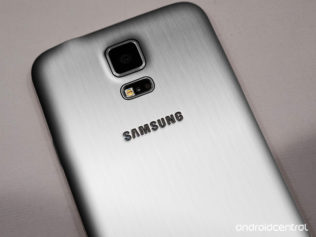Samsung Electronics projected Tuesday a profit of $8.3 billion in the quarter that ended last month, as demand picked up for the flat screens it makes for mobile devices, including those for products sold by Apple.
The forecast could signal a run of five consecutive record quarters, but it may end in the January-to-March period because of weaker seasonal demand. But a strong line of new smartphones — the biggest earner for Samsung, the South Korean giant — and improving chip prices have eased concerns that earnings growth could slow this year.
“Investors are a bit concerned that Samsung’s momentum may slow in the first half,” said Kim Sung-soo, a fund manager at LS Asset Management. “The smartphone market is unlikely to sustain its strong growth, as advanced markets are nearing saturation despite growth in emerging countries.”
Samsung has outpaced Apple — its biggest rival and also its biggest customer — with sales momentum bolstered by its Galaxy Note II phone-tablet hybrid in the fourth quarter. IPhone 5 sales were a little below expectations, analysts said.
While Apple introduced just a single new smartphone last year globally, Samsung bombarded the market with 37 variants adjusted to regional and consumer tastes, including both high-end and low-end smartphone models. By comparison, HTC of Taiwan released 18 models, Nokia of Finland released nine and LG Electronics of South Korea introduced 24.
HTC said Monday that its fourth-quarter profit had slumped about 90 percent as its sales had continued to trail those of the Galaxy range of phones and the iPhone.
Samsung gave its October-December earnings guidance before the full earnings release expected by Jan. 25.
Shipments of Samsung’s flagship phone, the Galaxy S III, which overtook the iPhone 4S in the third quarter to become the world’s best-selling smartphone, are likely to have slipped to about 15 million in the past quarter from 18 million in July to September, analysts estimate. But sales of about 8 million of the Galaxy Note II should more than make up for that, pushing overall smartphone shipments to about 63 million…
Read More: nytimes.com


